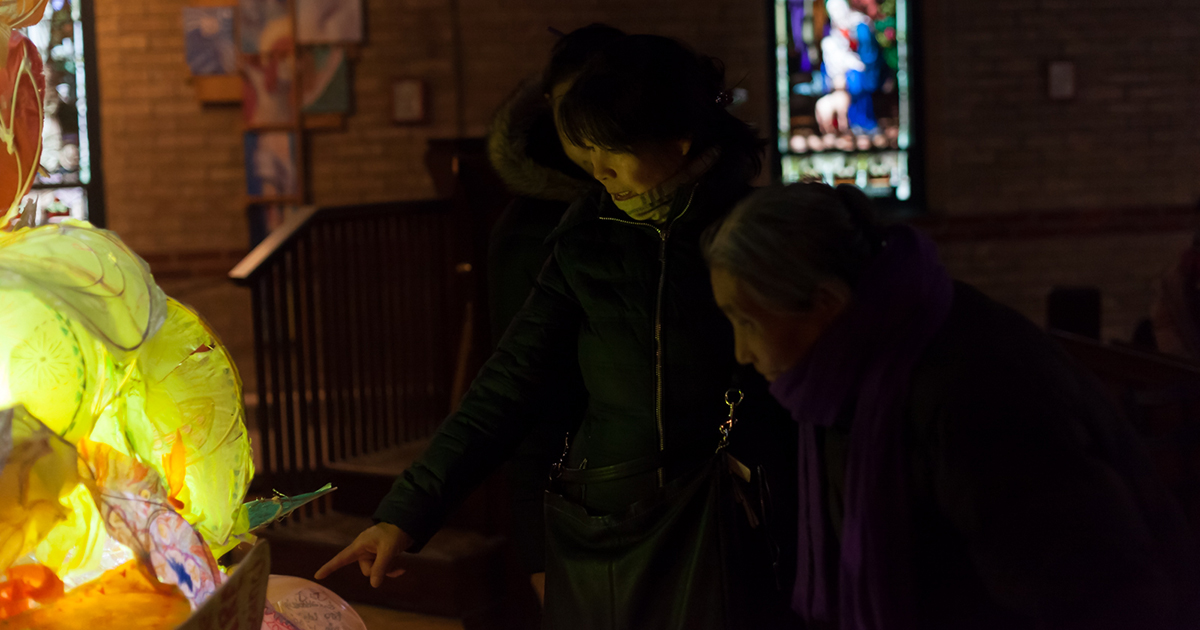The following is the third instalment of a four-part series on the Anglican presence at the 2018 Parliament of the World Religions. Read part one, part two, and part four.
Community friendship across different faiths was further explored at the 2018 Parliament of World Religions (PoWR) at a workshop co-presented by the Rev. Dr. Jason McKinney, priest missioner at the Church of the Epiphany and St. Mark in Toronto, and adjunct professor of theology at Trinity College.
A resident of Parkdale, Dr. McKinney is highly active in local community organizing. He is a member of the board of directors of the Parkdale Neighbourhood Land Trust, as well as the steering committee of the Parkdale People’s Economy. He was also instrumental in shaping the Parkdale Community Food Hub.
Along with Michael Burtt, artistic director of the local arts company Making Room Community Arts, McKinney led a workshop at the PoWR entitled Interfaith Art-making in a Gentrifying Neighbourhood. The presentation detailed their shared experience of interfaith neighbourhood work in Parkdale, that is driven by community art projects.
“If you dig deeply enough into different people coming together for the sake of the well-being of their neighbourhood, there is something which I would call the Holy Spirit at work,” McKinney says.
One such project was Day Chases Night, in which members of different denominations came together to draw on pieces of paper resembling flames. Each flame was eventually put together to form a large lantern. The lantern was unveiled at the end of the project.
“Michael and I worked together on that […] It was a good experience for us and for all involved, and so we wanted to continue with this work,” McKinney said. “The piece that I bring to it is sort of building that conceptual framework, and what Michael brings is the on-the-ground art-making practice. What we share is the commitment to it.”
For their PoWR workshop, McKinney and Burtt delved into the larger conceptual framework for interfaith neighbourhood organizing, which they referred to as the “urban spiritual commons”. The framework involves a coalition of residents and neighbourhood organizations working together for community economic development, decent work, and shared wealth. There was also an art-making component included in the workshop.
Reflecting on the Anglican presence at the PoWR, McKinney noted, “I think for the sake of the church, we need to have a sense of what exists outside of the Anglican world, and this gives us a bit of a microcosm of the world […] and how we fit into that as an increasingly minor voice within this larger chorus. I think that’s not something to lament or to try to fight, but just to recognize where we fit within this larger chorus of spiritual traditions.
“I think it’s important for people to see that we as a church are invested in connection and collaboration and peaceful coexistence,” McKinney added. “In our own way we’re pursuing the well-being of our communities.”
Interested in keeping up-to-date on news, opinion, events and resources from the Anglican Church of Canada? Sign up for our email alerts .

